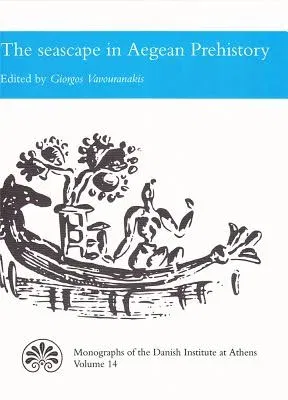This book is about the relationship between the people and the sea in
the prehistoric Aegean. It explores how people understood the sea as an
integral part of their way of life and examines the role the sea played
in the prehistoric societies of the archipelago. It may at first seem
obvious - even self-evident - that there has been a close relationship
between people and the sea, since the Aegean Archipelago is the dominant
feature of its wider area. It spreads over at total area of about
214,000 sq km. This large area of water includes over 1000 islands, many
of which are populated today. The Aegean Sea and its islands epitomise
Greece in the minds of many people today. Nonetheless, we should
remember that the land that borders the Aegean features the important
mountain range of Pindos, the plains of Thessaly and Macedonia and, next
to Greece, Turkey, with the solid landmass of Asia Minor. These places
have always accomodated extensive and flourishing communities that were
not related to the sea at all. Furthermore, many people on Mt Ida in
Crete had never seen the sea in the recent past, despite being on an
island, while until recently many Greeks living close to the coast had
not known how to swim. A maritime way of life may be an obvious option,
but it is neither the only nor an inevitable one in the Aegean. There is
always room for choice in the relation between people and the sea and
this relation may acquire various forms and different degrees of
intimacy.

